SUMMARY
This is AI generated summarization, which may have errors. For context, always refer to the full article.
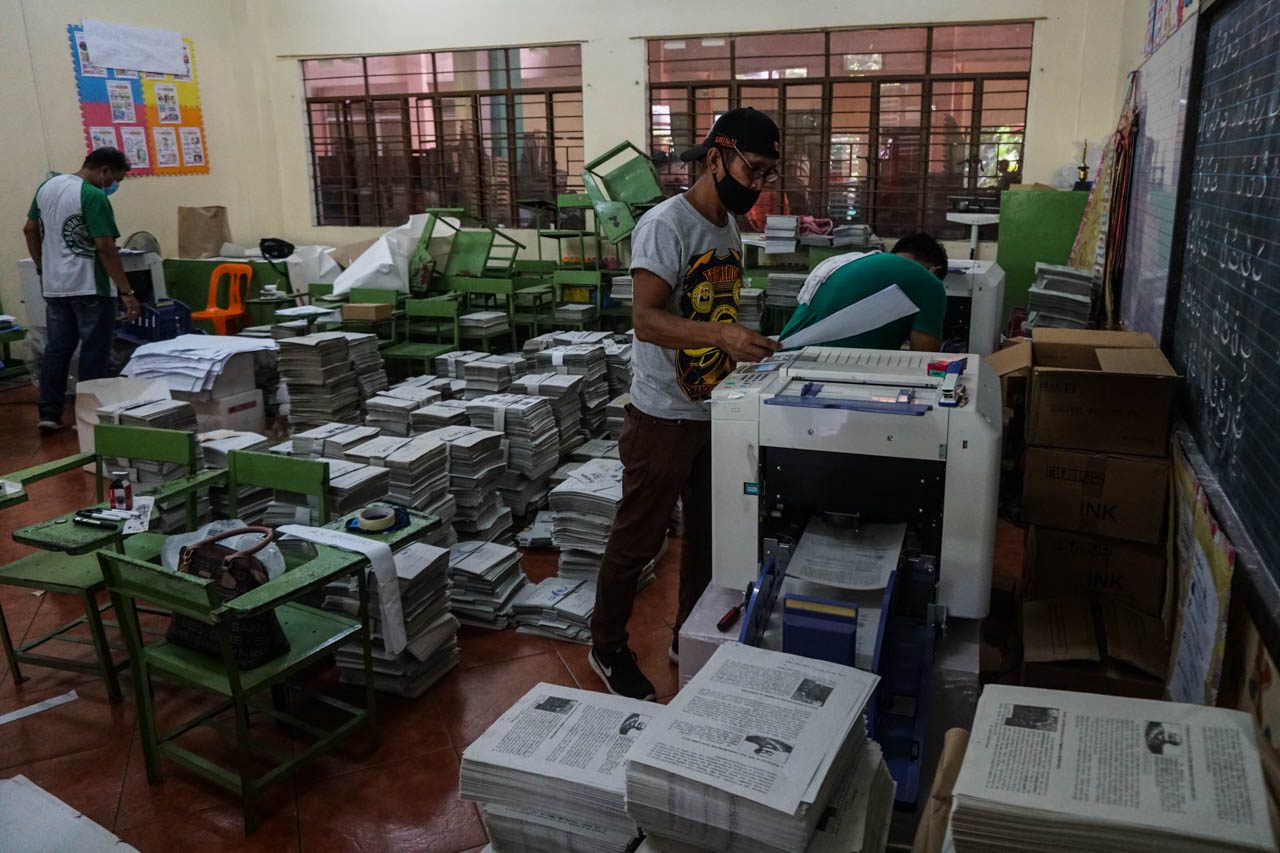
The public school system’s preparations for the scheduled opening of classes on August 24 are about “70% completed,” Senator Sherwin Gatchalian said on Thursday, July 23.
Gatchalian, who heads the Senate committee on basic education, arts, and culture, cited his recent briefings with the Department of Education (DepEd).
Public school divisions across the country are “80% to 90% done” preparing self-learning modules, and many are already printing copies, Gatchalian told reporters in a virtual briefing.
Printed modules are the most preferred mode of distance learning among parents and students, according to a DepEd survey whose results were published on July 1. Online classes ranked second among choices that also included TV and radio.
“The only missing link are TV and radio, because that’s a very important component of distance learning,” the senator said.
“We saw that it’s also important to have some form of human instruction, some form of visual explanation, especially for children between kindergarten all the way to grade 3,” he added.
Gatchalian said the DepEd will brief him again on Saturday, July 25, on how far along its preparation of TV and radio learning materials is.
Only 40% of public school students have some form of internet access, more than half of which is through mobile data that tends to be unreliable, Gatchalian said.
The rest – 60% – will rely on printed self-learning modules. TV and radio materials, if they become available, will primarily cater to students from kindergarten to grade 3.
Private schools are free to implement the learning modes most appropriate for their students, but Gatchalian assumes most of them won’t have problems accessing online materials.
Estimating DepEd preparations to be “70% completed,” Gatchalian said he is “convinced” the country will manage to open classes – using distance learning – on August 24, as scheduled by the DepEd.
“Most school divisions I have spoken with are ready and capable. They have gone through a lot of trainings and seminars,” he added.
Face-to-face classes? No way
Giving out the printed learning materials to students is the next hurdle. Gatchalian said local governments, barangays, and the school divisions are looking to start the distribution in mid-August.
Supposing the coronavirus pandemic in the country will remain “controllable” then, parents can also pick up the materials from designated distribution centers, the senator added.
Face-to-face classes are out of the question for the rest of the year, he added.
Earlier this week, President Rodrigo Duterte agreed to a suggestion from Education Secretary Leonor Briones to eventually allow face-to-face classes in areas with “low risk” of the coronavirus. Briones said it would have to be after inspections of school facilities, probably January 2021.
Even local governments of places with low COVID-19 case numbers refuse to hold face-to-face classes, Gatchalian said. Even if young people are said to be resilient to the virus, they may end up bringing it home to their more vulnerable family members if they contract in at school.
Allowing physical classes would also spur outdoor activity in the community – parents would take their children to school and pick them up, people would congregate around campuses. “Increased movement means increased risk,” the senator said.
Learners with disabilities
Enabling the country’s roughly 230,000 learners with disabilities (LWD) to participate in distance learning is “somewhat challenging,” Gatchalian said.
Specialists or therapists used to be on hand at schools for LWDs. The only way LWDs could continue schooling this term would be if the government deployed specialists to their homes.
“We still need to see if there is already mapping [of LWDs’ homes] and if there are specialists available to go to the children,” the senator said.
The DepEd is working on an “action plan” for additional support to LWDs, he added.
The coronavirus pandemic has forced the Philippine education system to shift to distance learning, dispensing with physical classes to avoid exposing students to the virus.
The economic downturn and complexities of adjusting to new learning modes have made it difficult for many students to enroll for the new term, which starts on August 24.
On Friday, July 17, two days after the bulk of public and private school enrollments closed, the DepEd said more than 6 million students from the previous term had yet to sign up. Only around 21 million enrolled in the basic education program, or 76% of the number from school year 2019-2020.
Briones hoped private schools would report more numbers in the coming days, as their enrollment period does not necessarily coincide with the DepEd’s. – Rappler.com
Add a comment
How does this make you feel?
![[The Slingshot] Red zipper on the mouth of Sara Duterte](https://www.rappler.com/tachyon/2024/04/TL-red-zipper-sara-duterte-april-12-2024.jpg?resize=257%2C257&crop=335px%2C0px%2C720px%2C720px)
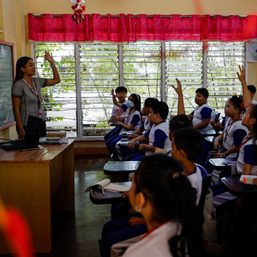
![[OPINION] How about setting up a heat health warning system in PH schools?](https://www.rappler.com/tachyon/2024/04/heat-health-warning-system-in-PH-schools.jpg?resize=257%2C257&crop_strategy=attention)
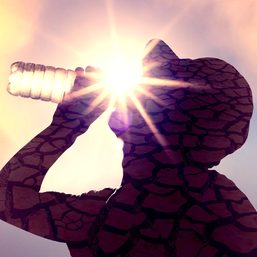
![[ANALYSIS] The multiplier effect of negligence in education](https://www.rappler.com/tachyon/2024/04/The-multiplier-effect-of-negligence-in-education.jpg?resize=257%2C257&crop=277px%2C0px%2C720px%2C720px)
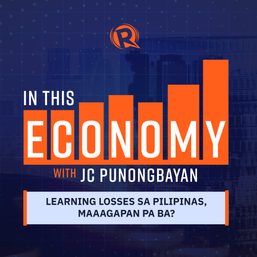
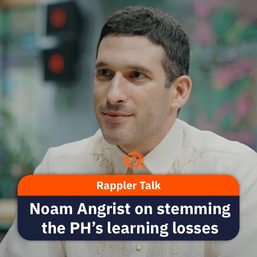
![[EDITORIAL] Ano sana ang takeaway ni Sara Duterte sa firesale ng mga laptops?](https://www.rappler.com/tachyon/2023/05/animated-DEPED-laptop-fiasco-carousel.jpg?resize=257%2C257&crop_strategy=attention)
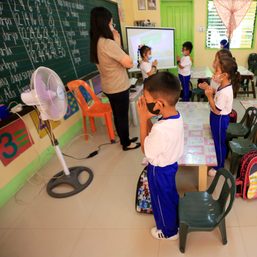
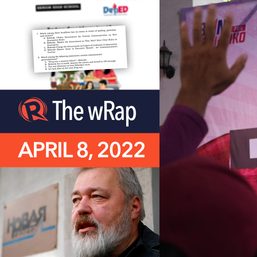

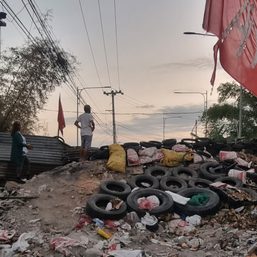
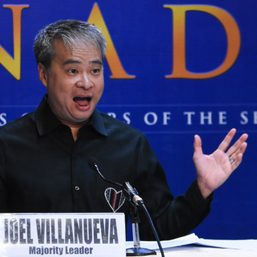
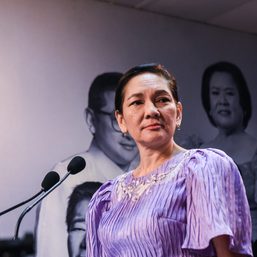
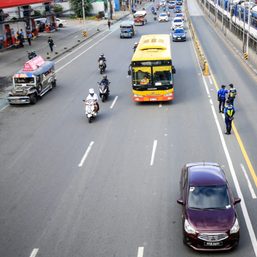
There are no comments yet. Add your comment to start the conversation.